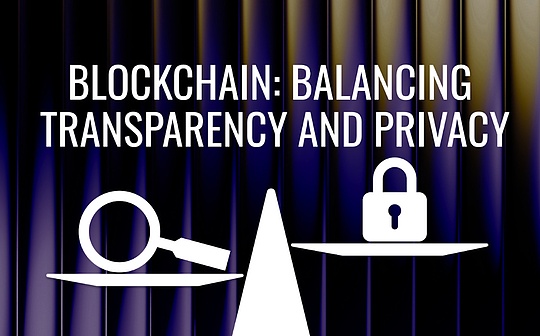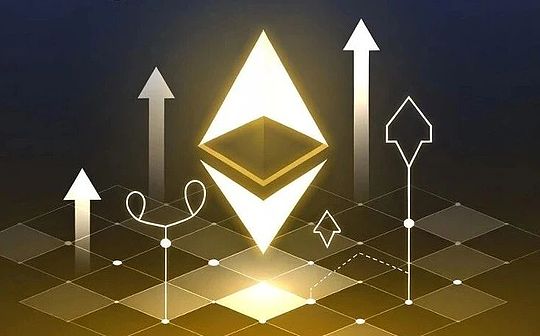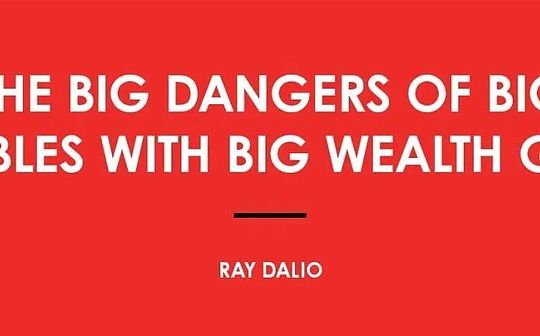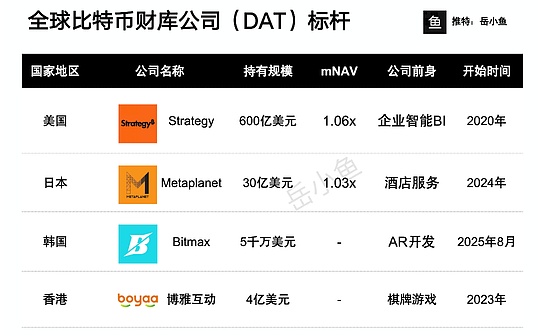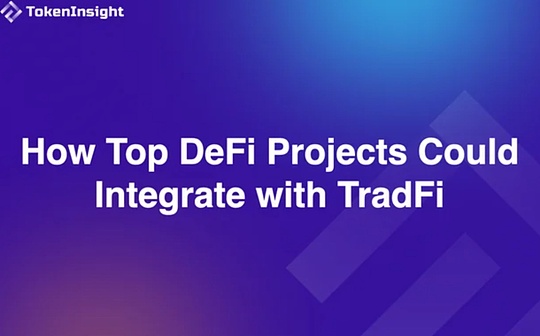
Author: 0xEdwardyw, Source: TokenInsight
This article explores the core advantages of the three major DeFi protocols Uniswap, Aave, and Maker (Sky), and analyzes their potential to integrate with TradFi under the new US regulatory system.
1. Regulatory shifts open the door to the integration of DeFi and traditional finance: The new SEC Chairman Paul Atkins promotes a fundamental change in crypto supervision in the United States, clearly supports self-custody rights, determines that pledge does not constitute securities activities, and advocates transparent regulation based on rules, promotes mechanisms such as “innovation exemptions” and releases the institutional dividends of DeFi and traditional financial cooperation.
2. Uniswap and Aave are the first to have institutional integration capabilities: Uniswap supports compliance functions with V4’s “hooks” modular architecture, such as real-time KYC/AML, whitelist pool, etc., and can serve as a backend DEX service for brokers and become the on-chain liquidity core of RWA (real world asset) transactions.Aave actively expands the institutional market through licensed lending pools, RWA-collateralized lending models, and cooperation with new banks. The Horizon project is committed to building DeFi products for the traditional capital market.
3. MakerDAO is facing stablecoin regulatory challenges and is actively seeking solutions: MakerDAO, which has been renamed Sky, may conflict with the GENIUS Act in terms of 1:1 reserves, licensing issuance, KYC, etc.Possible coping strategies include increasing the reserve ratio of traditional assets and launching compliantly designed stablecoins (with regulatory-friendly mechanisms such as freezing functions) to maintain the development space of the stablecoin business in the new environment.
Introduction: “DeFi and the American Spirit”
Cryptocurrency regulation in the United States is undergoing a fundamental shift.In June 2025, Paul S. Atkins, the new SEC chairman, delivered a landmark speech entitled “DeFi and the American Spirit.”In a very different way from the previous administration, Atkins clearly supports the core principles of decentralized finance (DeFi), believing that it is consistent with American values.
Key policy signals sent by this speech and related progress include:
1.Protect your own custody, confirm the ability of an individual to hold cryptocurrency in his personal wallet without compulsory intermediaries.
2.Recognize that proof of interest is not a securities activity, reversed previous enforcement actions against the proof of stake mechanism.
3.Developers and open source protection, point out that writing or publishing decentralized code alone will not trigger securities or brokerage proprietor liability.
4.Turn to formal rulemaking, replace “law enforcement supervision” with transparent public guidance and rules.
5.Consider “innovation exemption”, providing temporary, conditional exemptions for DeFi projects to operate within specified parameters, encouraging responsible experimentation during the finalization of the regulatory framework.
These changes not only mark a clearer regulation, but also indicate a possible bridge between decentralized innovation and the traditional financial system.For the top DeFi protocols, this new environment offers a rare opportunity: They have the opportunity to integrate with traditional financial infrastructure, work with regulated institutions, and extend their utility beyond the cryptocurrency native world.
Strategic positioning of top DeFi protocols
The following table evaluates how major DeFi protocols can benefit from a more favorable U.S. regulatory environment.The “Traditional Financial Integration Path” highlights how these protocols are integrated into regulated financial infrastructure.
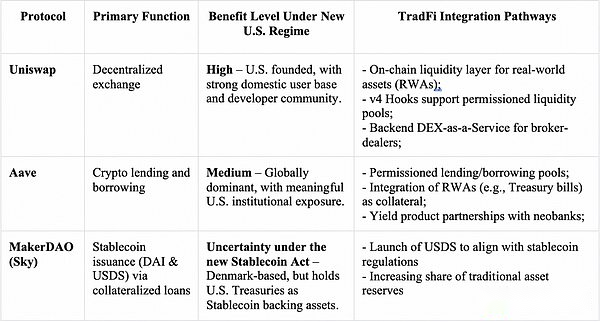
Uniswap: DEX pioneer, ready to go
Uniswap, as the leading decentralized exchange (DEX), realizes peer-to-peer token exchange through automated market maker smart contracts.Currently, it holds about $4 billion to $5 billion in liquidity on Ethereum and multiple other chains.Uniswap’s first-mover advantage and continuous product innovation (especially in V3 and V4 versions) enable it to maintain strong user market share, network penetration and high protocol transaction volumes while competition is intensified and incentives are strengthened.
Uniswap was founded in November 2018 by former Siemens mechanical engineer Hayden Adams and was developed by Uniswap Labs, a software company based in Brooklyn, New York, USA.
Key Advantages
Uniswap pioneered the concept of automated market makers (AMMs), fundamentally reshaping on-chain transactions by eliminating the need for traditional order books.Uniswap v3 has made breakthrough progress in centralizing liquidity, allowing liquidity providers to allocate funds more efficiently within the custom price range, thereby significantly improving funding efficiency and reducing slippage.Uniswap v4 brings a new architectural leap, introducing “hooks” – a customizable smart contract that enables developers to build new features such as dynamic fees, on-chain cap orders and composable strategies.
Uniswap has implemented a wide range of multi-chain layouts and can run on mainstream blockchains such as Ethereum, Polygon, Arbitrum, Optimism, Base, etc.Uniswap recently launched Unichain, a dedicated Layer 2 network built on OP Stack, aiming to provide Uniswap with native scalability for faster and lower cost DeFi settlement while maintaining deep integration with the Ethereum ecosystem.
The protocol benefits from a strong governance system powered by UNI tokens.Uniswap DAO plays an important role in funding ecosystem development, managing protocol upgrades, and allocating resources such as the Uniswap Grant Program.
Integrate with TradFi as an on-chain liquidity layer
With increasingly clear regulation and support for an innovatively friendly DeFi framework, Uniswap is ready to bridge the gap with traditional finance.As institutions increasingly tokenize real-world assets (RWAs) such as U.S. Treasury, stocks, and private credit, Uniswap can act as the core on-chain liquidity layer, providing 24/7 trading, deep composability, and automated market making through its mature AMM model.
Uniswap v4 further enhances this potential with its modular hook architecture, enabling on-chain compliance capabilities through the following hooks:
1. Real-time KYC/AML verification
2. Transaction monitoring
3. Wallet address whitelist
These tools allow the creation of a licensing or compliant liquidity pool that promotes institutional participation without prejudice to agreement neutrality.
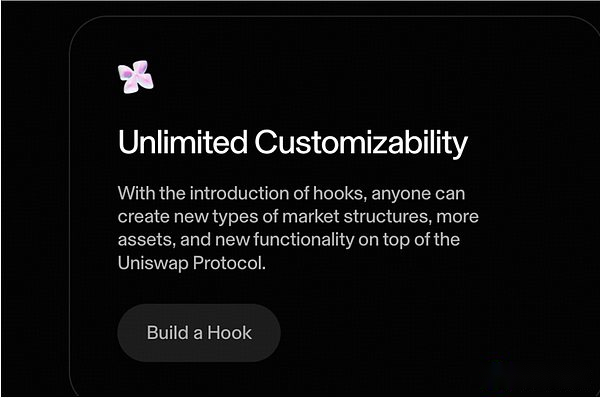
In addition, Uniswap can be embedded in brokerage proprietary platforms as a backend DEX-as-a-service provider that leverages smart order routing and APIs to provide real-time price discovery and liquidity of tokenized assets to regulated companies.This integration model positions Uniswap as the basic protocol for DeFi and is also the compliance infrastructure layer for the evolving tokenized financial system.
Aave: The lending agreement is ready for the big scene
Aave is a decentralized money market protocol for lending and lending in cryptocurrencies.It is one of the giants in the DeFi space, with a total locked value (TVL) of approximately $24 billion, the largest DeFi protocol measured by this.Aave allows users to earn deposit interest through smart contracts and borrow assets on collateral.It has a global user base and actively works with institutions (for example, a new project Horizon aimed at attracting more institutions to use Aave).
Key Advantages
Since its launch, Aave has gained a good reputation as a pioneer in lending, supporting various crypto assets on major blockchains such as Ethereum, Avalanche, Polygon, etc.
Aave adopts the Decentralized Autonomous Organization (DAO) model, where AAVE token holders can make recommendations and vote on issues such as protocol upgrades, new asset launches, incentive plans and risk adjustments.This open governance structure helps promote community engagement, iterative development and protocol resilience.It is worth mentioning that key decisions such as the release of Aave V3 and the expansion of new chains are determined by community consensus.
Safety is the cornerstone of Aave’s design.Its conservative risk management practices, especially in asset settlement and liquidity parameters, helped the platform avoid major loopholes in the case of large-scale operations.
Integrate with TradFi
Aave can be combined with traditional finance through several strategic approaches that meet regulatory requirements and institutional needs.
One of the most direct ways is a licensed version agreement built specifically for institutions.The framework allows regulated financial entities, such as banks, asset management companies and fintech companies, to participate in decentralized lending in a whitelisted environment that complies with KYC/AML requirements.
Another approach is to adopt tokenized real-world assets (RWAs) on Aave.By allowing tokenized government bonds, real estate or invoices as collateral, Aave can attract traditional capital market participants.These assets will enable more common use cases, such as borrowing on Treasury bonds, or providing liquidity for income-based products similar to fixed income instruments.
Specifically, Aave developed Horizon, aiming to develop products for institutional adoption.Its first product will be a structured real-world asset solution that allows institutions to use tokenized money market funds as collateral to acquire liquidity in stablecoins—and Aave’s stablecoin GHO will serve as the primary source of liquidity.
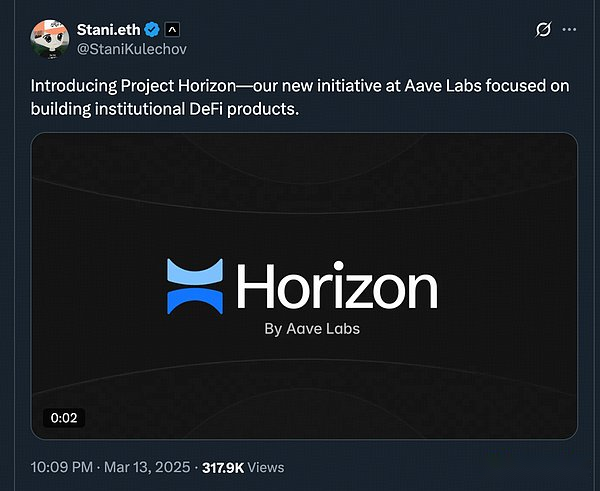
Aave can also establish partnerships with new banks and fintech companies to integrate DeFi earnings strategies into a consumer-facing platform.In this mode, the user deposits fiat currency, which is converted into a stablecoin and loaned on Aave.The generated interest is then returned to the user, and the whole process is completed in a seamless, familiar interface, hiding the complexity of cryptocurrency interaction.
MakerDAO (Sky): Faced with the new stablecoin regulations
MakerDAO recently renamed Sky, operating the largest decentralized stablecoin, DAI (and Sky’s reformed USDS).Historically, DAI’s crypto-collateralized model has enabled it to thrive outside of traditional banking regulation.As U.S. lawmakers advance the GENIUS Act, MakerDAO finds itself at a crossroads: whether to benefit from wider stablecoin applications or to deal with new regulatory hurdles.
Overview of the main provisions of the GENIUS Act
1. 1:1 Reserve Support: Stablecoin issuers must fully support the tokens with high-quality current assets in a one-to-one manner (e.g., every $1 stablecoin = $1 dollar cash or U.S. Treasury assets).
2. Licensing and Regulation: Only “stable coins approved for issuance” – that is, entities with state or federal level licenses, can issue payment stablecoins in the United States.Large issuers (with a market capitalization of over $10 billion) will be directly subject to federal regulation (Federal/Compulsory Administration), while smaller issuers can choose to accept state-level regulation if they meet the same criteria.
3. KYC/AML Compliance: All stablecoin issuing institutions will be considered regulated financial institutions under the Bank Secrecy Act.They must implement “KYC”, anti-money laundering programs and sanctions screening like banks.
Conflict with MakerDAO’s decentralized model
MakerDAO’s DAI/USDS stablecoin design conflicts with several core requirements of the GENIUS Act:
1.Crypto collateral vs. fiat currency reserves: DAI is mainly backed by crypto assets such as ETH and tokenized real-world assets, rather than each DAI holding an equivalent value of US$1 in cash.As of mid-2025, only 10% of DAI’s collateral is U.S. Treasury bonds, with the vast majority coming from crypto loans.
2.Unable to specify the issuer or license: DAI is issued by independent smart contracts, not companies.Currently, no registered company has been able to obtain permission or audit from a regulatory body to become a “DAI issuer”.However, the GENIUS Act restricts the issuance of stablecoins to regulated licensed entities.
3.KYC Control: MakerDAO is an open protocol: anyone with cryptocurrencies can open a vault and generate DAI or conduct license-free transactions.No authentication or on-chain transaction monitoring is required.
Potential adaptability of MakerDAO
Recognizing these risks, the MakerDAO community (led by founder Rune Christensen’s Endgame program) is considering several strategies to survive and grow under the new regulations:
A direct response is to hold more traditional assets to support DAI, bringing it closer to a 1:1 reserve ideal.In fact, MakerDAO has begun this shift – currently, more than $1 billion in DAI is backed by real-world assets such as short-term U.S. Treasuries and bank deposits.Maker can further increase this effort by configuring a larger proportion of collateral as a stable, low-risk tool (even if not completely abandoning crypto collateral).
Another tweak is to create a compatible wrapper or parallel stablecoin that connects with the U.S. market.MakerDAO’s rename to Sky and the launch of USDS seems to be a step in this direction.The new USDS stablecoin is designed with regulatory compliance features, including an upgradeable freezing feature that can lock in tokens as required by law.

